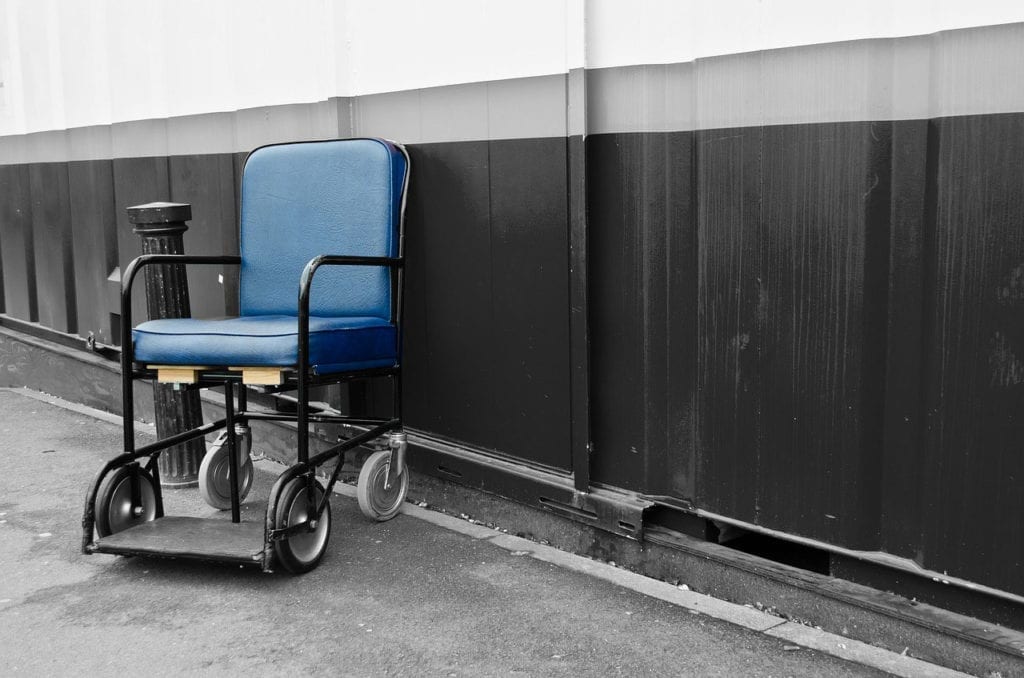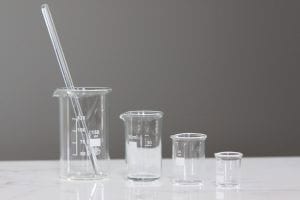According to a story from Science Daily, a recent study has found that lithium chloride was able to improve muscle size and strength in a mouse mode of a specific variant of limb girdle muscular dystrophy. While the exact implications of this discovery are not yet entirely clear, the research suggests that a certain protein that plays a role in the disorder could be a valuable therapeutic target.
About Limb Girdle Muscular Dystrophy (LGMD)
Limb girdle muscular dystrophy (LGMD) also known as Erb’s muscular dystrophy, is a group of muscular dystrophies that are characterized by progressive muscle atrophy that most prominently affects the muscles of the shoulders and hips. The precise genetic cause of the disorder varies depending on the subtype, but the end result is the same: the muscles are unable to form certain proteins that are necessary for normal muscular function. Symptoms may include oversized muscle fibers, weak shoulder muscles, respiratory muscle weakness, facial muscle weakness, lower back pain/discomfort, and heart palpitations. The rate of disease progression varies between individual cases. Onset is usually between the ages of 10 to 30 years. There are no disease modifying therapies for limb girdle muscular dystrophy; management usually consists of physical, occupational, respiratory, and speech therapy. Though not always fatal, heart and respiratory muscle weakness can be life threatening. To learn more about limb girdle muscular dystrophy, click here.
About The Research
The research really begins several years ago in 2012, when the team encountered two families that had symptoms of limb girdle muscular dystrophy but did not possess any of the known genetic abnormalities. Analysis of their DNA revealed a new gene variant affecting DNAJB6 as the cause of their condition. The variant was found to over-activate a protein called GSK3beta that normally regulates muscle growth.
A mouse model that replicated the DNAJB6 alteration also caused symptoms of muscular dystrophy in the animals. The scientists found that lithium chloride was able to inhibit the activity of the GSK3beta protein and improve muscle strength and growth.
While lithum chloride itself can be toxic, it is possible that a safer form of lithium (which is also used to treat certain mental health problems) could be developed for limb girdle muscular dystrophy. However, more research will be needed to determine the course of the disease. It also isn’t clear that lithium will be able to make a difference in other forms of the disorder.
Check out the original study here.








